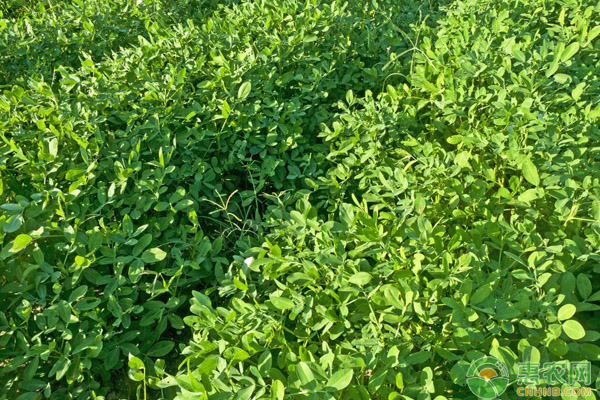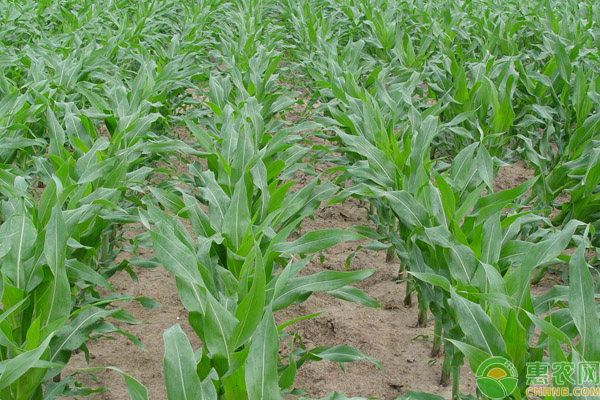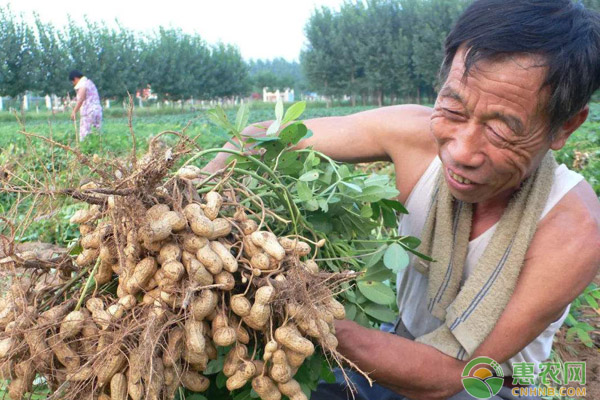When tebuconazole is used as a control agent to reduce the yield of peanut corn? Peanut corn control should pay attention to matters
Corn and peanuts are grown in various places. We know that if we want to ensure high yield of corn or peanuts, we will generally control the farming operations. There are many ways to control Wang, there are artificial control and there are drugs control, some people choose tebuconazole when using the drug control, then tebuconazole can really control it? What is the use of tebuconazole? What should you pay attention to when peanuts and corn are in control? Next, Xiaobian will answer you one by one. What is the use of tebuconazole? Tebuconazole is a fungicide that has no effect on the control of corn and peanuts. Please note that tebuconazole can be used as a seed treatment or foliar spray for crops, and can control a variety of fungal diseases such as root rot, rust, powdery mildew and the like. If you use tebuconazole as a control agent, it will cause a lot of economic loss. How to choose corn and peanut control agents There are many control agents for corn and peanuts, such as chlormequat, paclobutrazol, uniconazole, ketamine, and ethephon. Uniconazole, paclobutrazol can be used for peanuts, and chlormequat can be used for corn (individually not listed). According to the activity level, it is arranged as uniconazole > paclobutrazol > chlormequat > ketamine. Uniconazole, ketamine, paclobutrazol, ethephon, and chlormequat are arranged according to price. In addition to ethephon is the inhibition of auxin synthesis, the other is always gibberellin synthesis to achieve control purposes. Maize control Wang notes: First, determine the application period, choose the period of the big bell, this is the most vigorous period of corn growth, if the application is too high, the plant is too small, the knot is small, the yield is low, if the application is too late, the control is not The effect is that the disease resistance and lodging resistance are not achieved. The second is to pay attention to the dosage of the drug. If the dosage is too small, there is no effect. If the dosage is too much, the plant phytotoxicity will be caused. It must be used according to the dosage of the manual. The third is to pay attention to the selection of drugs according to the variety. The differences of different varieties are obvious. For the varieties with thick stems and low plant type and low lodging resistance, it is not recommended to use the control agent. The plants are taller and the stems are finer. The amount of the control agent can be applied in an appropriate amount. Peanut control matters: First, determine the time of application, choose to carry out in the flowering stage of peanuts, preferably when a large number of fruit needles are inserted into the soil. In the middle and late stages of peanuts, using appropriate amount of control agent can effectively reduce the consumption of nutrients on the plants and help promote The growth of the pods can also prevent lodging from being somewhat to some extent. The second is to determine the application method, you can use a small number of multiple methods, divided into 2-3 times, each dose should not be too large, prevention and control affect the normal growth of peanuts, causing premature aging and other conditions. The third is to note that if the weather is dry, etc., it is not recommended. When farming operations, we can only control the corn peanuts if we choose the right medicine. If the medicine is wrong, the bactericidal medicine will be used as the medicine for controlling the wang, and the effect will not be achieved. If a herbicide or a control agent is used as a fungicide, it may cause a large area of ​​crops to be rejected. Plastic Bucket Yellow Rice Wine Plastic Bucket Yellow Rice Wine is a type of rice wine that is fermented in a plastic bucket. It is a popular drink in many Asian countries, especially in China and Japan. The wine is made by fermenting glutinous rice with yeast and water, and then adding sugar to the mixture. The wine is then stored in a plastic bucket for several months until it is ready to be consumed. The yellow color of the wine comes from the rice used in the fermentation process. Plastic Bucket Yellow Rice Wine is typically served at room temperature and has a sweet, slightly tangy taste. It is often enjoyed with meals or as a social drink with friends and family. Barrel Packing Yellow Rice Alcohol,Cooking Liquor,Yellow Wine for Cooking,Bucket Packing Hua Diao Liquor Zhejiang Shengta Shaoxing Wine Co., Ltd. , https://www.shaoxingyellowricewine.com


